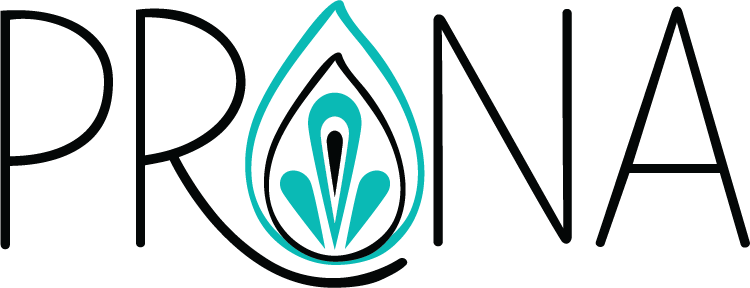Posture Series Part Two - KNEES
Now that we have the foundations of feet under us….let’s move up to the knees!
Before we get started, it’s important to review that the knees are hinge joints, meaning like the elbow, they don’t rotate, well at least not much. There is a little "give" in the joint so you injure yourself with gentle twisting movements of the legs and torque in your step, but they are certainly not made to twist. Anytime your knee is not pointing forward, the rotation is actually coming from your hip joint! More on that later.
Our standard dance posture requires knees to be “soft” meaning a slight bend. This is important for a number of reasons. I’ll focus on three here. Keep in mind, many dance movements require more bend than our standard posture, the details of those movements are covered in those classes.
Safety – Safety first! Bending the knee joint is flexion. We want flexibility in the knee when dancing as this allows more mobility when we are pivoting, spinning, etc. If we danced with our legs straight, in extension, we’d lock out the joint and be more susceptible to injury as we tried to turn and pivot. Adding a slight bend to the knee ensures we aren’t hyper-extending. Yes, ballerinas hyper-extend their knees, but they also turn and pivot quite different than we do.
Alignment – Many people tend to lean slightly forward when they stand up straight. This could be due to the types of shoes we all wear, tight psoas and hip flexors due to a more sedentary lifestyle and many more reasons. Regardless of the reason, this stance takes the pelvis into more of an anterior tilt and shifts more weight in the ball of the feet.Not only does this put more strain on the anterior (front) portion of the body, but it will inhibit the natural movement of the pelvis and can cause more than natural curve in the lumbar spine. Example, try to shimmy with your weight shifted forward, then try to shimmy with your pelvis stacked over heels. It likely feels more relaxed with your pelvis over your heels. Putting a slight bend in your knee keeps the anterior (front) and posterior (back) body engaged for better balance!
While we do have many movements that require us to lift our heels, this doesn’t mean we shift our weight forward, we are still keeping our shoulders back, hips over heels and knees soft. We explore this concept in more depth during classes related to the Arabic family of movements.
This is common when we “stand up straight”
Bending the knees can help even weight in the feet and also will help with neutral pelvis.
Along with a slight bend, ideally you want your knees and toes pointing in the same direction. There are many reasons why they wouldn’t and this is another example of how you can use our dance posture to learn more about your body and any imbalances that could be affecting not only your dance, but your overall physical health as well. Back pain, weak core, so many common ailments also relate to the knees.
Go ahead and get into dance posture. Take the previous foot blog into consideration or it will skew your results. Take a look in the mirror. Some questions to ask yourself:
Is the center of my knee cap pointing in the same direction as my middle toe?
If not, are your legs bowing out or pulling in?
What does it take to line up your kneecap and middle toe?
Where do you feel this work happening?
Inner or outer legs?
This is a great way to explore which muscles may need some additional work to balance the body. For example, knees trekking inwards in could mean your adductors (inner thigh muscles) are extra strong and you could use some abductor (outer thigh muscles) strengthening. See my glute blog post for ideas.
There are many reasons knees may be pointing more outward or more inward than your toes, including pronating or supinating your feet, but this will at least bring more awareness.
Which of these do you notice when you are more aware of your knees?
Free your hips!! - Flexing (bending) the knee, lowers the pelvis while extending (straightening) the knee the raises the pelvis. Alternating these actions is what makes the hip bump, shimmies, hip drops, etc. It’s simply gravity and force in action. If your knees are already straight there is no where for your hip to go but down by bending your knees. Most of our hip movements go UP, so we must start with bent knees and then straighten to lift the hip. BUT when we say “straighten” we still have a soft bend, never fully extended because safety is number one and we still want the ability to travel while we shimmy! Have you ever tried walking with straight legs? That's why we don't dance that way 😊
These are just a few reasons we soften our knees in our posture and a few ways you can use posture to gain more body awareness. PLUS, your pelvis tilt can help your knees as well. We’ll look at that in part three!
If you are interested in learning more about anatomy, alignment and how our body moves as dancers, we still have space in Summer 2020 Alignment of ATS®



